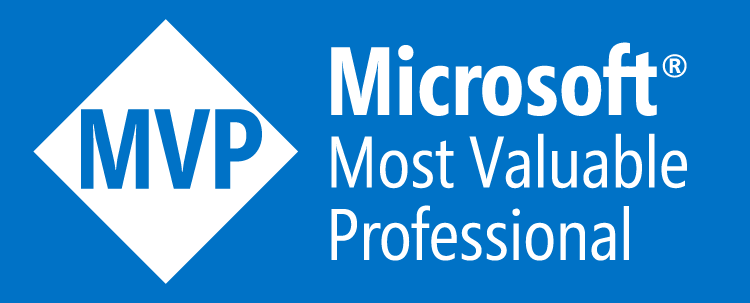I’ve talked for months now about the ability to run SQL Server on the Linux platform. For those of you interested in exploring the benefits of this platform, you’re in luck! Microsoft has pre-built images ready to go on the Azure cloud, running SQL Server 2017 and 2019 on Red Hat Enterprise Linux, SUSE Linux Enterprise Server, and Ubuntu. If you’re not interested, well, expand your horizons a bit. The world is changing, and having a wider skillset around the SQL Server platform is always a good thing! I’ve been a Linux enthusiast since before I knew Windows, as I was actually compiling Slackware kernels when I was in the fifth grade!
As with any platform, either on-premises or in the cloud, pick your platform carefully. I always tell folks to steer towards the OS-less services, such as Azure SQL Database or SQL Managed Instance, mostly because I have been patching servers for over two decades now and am quite frankly tired of it. However, there are many use cases out there where having access to the underlying OS is either advantageous or downright required, and Linux should definitely be evaluated. Microsoft is much more friendly and supportive of the Linux platform than it used to be, all the way to PowerShell and .NET Core being cross-platform at this point.
The Azure-based Linux VM images are ready to go. These images are updated every two months with the latest OS and SQL Server updates. The Linux platform images are updated with Cumulative Updates, whereas the Windows images are not. The available images are kept up to date, but if you need to provision an older image, PowerShell can help you deploy it up to three months after the time it is removed from the gallery.
You’ve got two ways to deploy a Linux VM with SQL Server. The easiest is to deploy one of these pre-built templates. However, if you have specific needs for a different image configuration, you could always build your own and then install SQL Server. I’ve got a whole series of instructions for you on how to transition your Windows customization skills for the Linux platform. Remember to handle your licenses carefully so you’re in compliance!
- Why use Linux?
- Operating System differences
- Setting up additional disk drives
- Moving TempDB
- Backing up over the network
- Expanding LVM disks
Additionally, Microsoft has recently published a new free ebook called “Future-Proof Your Data Infrastructure with Azure: A Business Case for Database Administrators” that you should go check out. It’s more of a marketing piece, but does have a lot of great use cases listed in there.



